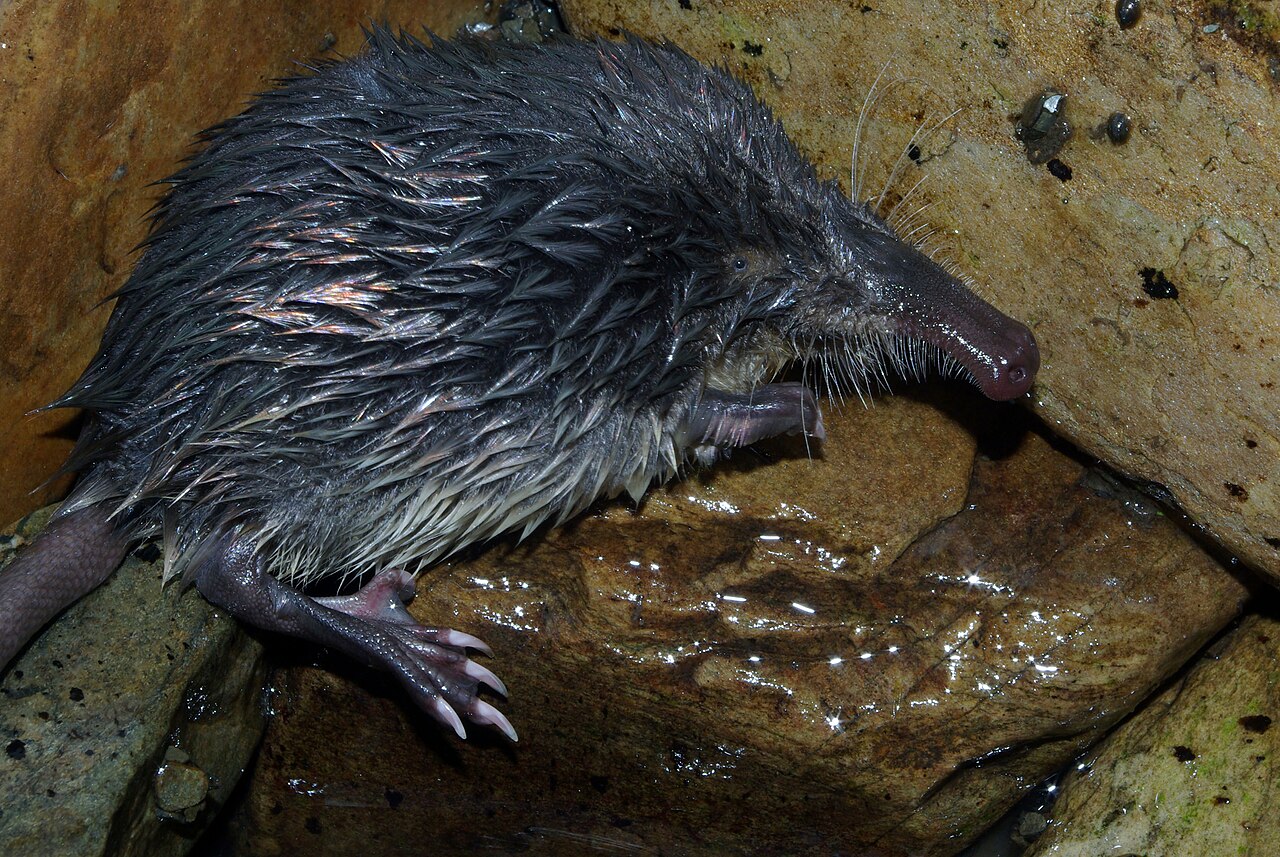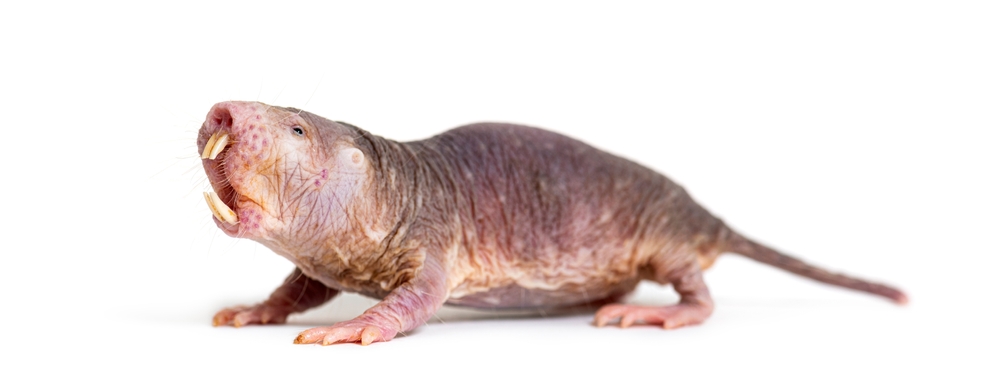Moles are strange little guys. With digger-like claws, terrible eyesight, hairless snoots, and an appetite for soil-dwelling insects, these animals are extremely well adapted to life below the Earth’s surface. In fact, this “blueprint” of subterranean mammals has proved so successful that it’s evolved independently numerous times across different continents of the world.
The world domination of moles is yet another example of convergent evolution, the process by which distantly related organisms independently evolve similar traits to adapt to similar necessities. There are plenty of instances of this occurring in nature – like how bats, bugs, and birds have all evolved wings independently from one another – but the humble mole is a particularly striking example.
Technically speaking, true moles only belong to the taxonomic family called Talpidae, which is found across the Northern Hemisphere of North America and Eurasia (although, weirdly, none are found in Ireland).
This includes approximately 42 different species, including the European mole, the small Japanese mole, the semiaquatic Russian desman, and the Snow Mountain shrew mole of China. The many species vary slightly, but they share some obvious characteristics. They are all small, dark-furred animals with cylindrical bodies, outwardly turned claws, a hairless snoot, and poor eyesight (sometimes they’re totally blind or don’t even have eyes).
Another animal that has evolved these features is the golden mole, which doesn’t belong to the true mole family Talpidae, but comprises its own family known as Chrysochloridae. These animals evolved the mole-like features completely separate from Talpidae in Sub-Saharan Africa. For all intents and purposes, they appear very similar to true moles, except for their light blonde fur, which is better adapted for living in the sandy landscapes of southern Africa.

Pyrenean desman (Galemys pyrenaicus) is a small, semiaquatic mammal related to moles found in the Iberian peninsula
In yet another example, there are the marsupial moles of Australia. Independent of the families Talpidae and Chrysochloridae, these creatures evolved their mole-like features from a lineage of marsupials, the unusual mammals that carry their young in a pouch like kangaroos, Tasmanian devils, and koalas.
Last but not least, there is also the freakiest of them all: the naked mole rat. Taxonomically speaking, this is not a mole at all, but a rodent that bears many of the key features we see in all of the animals mentioned above that help with underground lifestyles.
Of all subterranean mole-like mammals, they are undoubtedly the oddest. They don’t feel pain, they’re resistant to most forms of cancer, and they can survive in environments with no oxygen for almost 20 minutes. They also clearly exhibit eusociality, the cooperative system of social behavior typically associated with hives of bees and termites. Evolution really went wild with this one.

A naked male rat in all its glory.
Image credit: Eric Isselee/Shutterstock.com
No exploration of convergent evolution would be complete without diving into the case of how crab-like creatures have evolved at least five different times. This phenomenon has been dubbed carcinization, the inevitability that crustaceans will eventually turn into a crab if you give them enough time (that’s a bit of an exaggeration, but it’s not without an element of truth).
Well, even crustaceans can be allured by mole-like forms. Emerita is a genus of crustaceans also known as the mole crab because of its mole-like adaptions that allow it to thrive in the muddy burrows of the sea’s swash zone. Of course, this animal is nowhere near true moles on the family tree, but it’s not that close to true crabs either.
In other words, Emerita have evolved to simultaneously gain mole-like and crab-like features, making them an extraordinary example of double convergent evolution.
Did you know same-sex behavior in animals has evolved multiple times for a good reason? Join us for our first-ever free virtual festival of science, CURIOUS Live, where we’ll be talking queerness in nature with science writer Josh Davis. Streaming online on October 21, 2023, we have 10 talks across three virtual festival “stages” on Life, Death, and Creation (y’know, the small stuff). Sign up now to find out more and secure your spot.
Source Link: Why Do Animals Keep Evolving Into Moles?